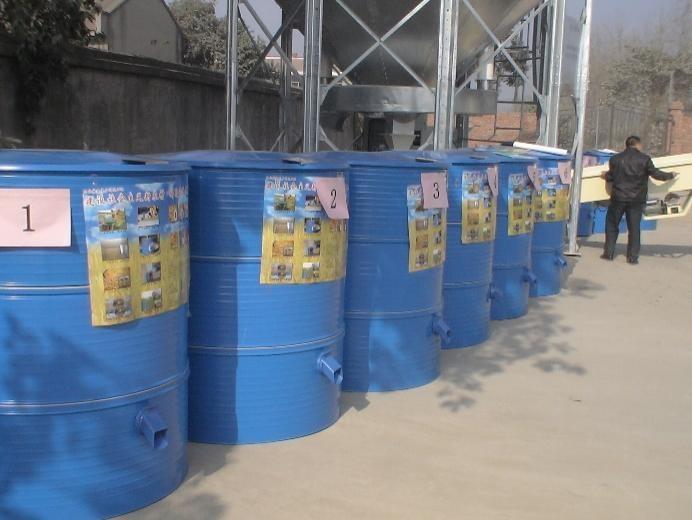
A row of segmented, steel mini-silos that were donated to 65-year-old grain farmer Huang Mingshui in 2008. The mini-silos were donated through a project that was launched by the National Development and Reform Commission and the National Food and Strategic Reserves Administration with the goal of helping beneficiary farmers store their grain in an efficient, scientific manner.
Smallholders store about 50% of the total grain produced in China, but their stock has tended to suffer from damage caused by culprits such as rodents, insects, and mould as a result of inadequate facilities, leading to great loss. Poor grain storage conditions and limited use of good-quality equipment have also tended to result in a serious reduction in grain quality and even various types of exposure to pesticide and chemical fertiliser, posing a serious risk to food safety.
A study conducted by the Sinograin Chengdu Grain Storage Research Institute revealed that the average grain wastage rate among China's farmers came to around 8% in 2006. It was found that rodent damage accounted for approximately 49% of losses, mould damage constituted around 30%, and insect damage accounted for roughly 21%. Grain loss resulting from farmers' improper storage practices came to an astounding 20 million tonnes that year.
In 2007, China's National Development and Reform Commission and the National Food and Strategic Reserves Administration launched a scientific research project designed to help farmers improve conditions and reduce losses associated with grain storage and promote income growth.
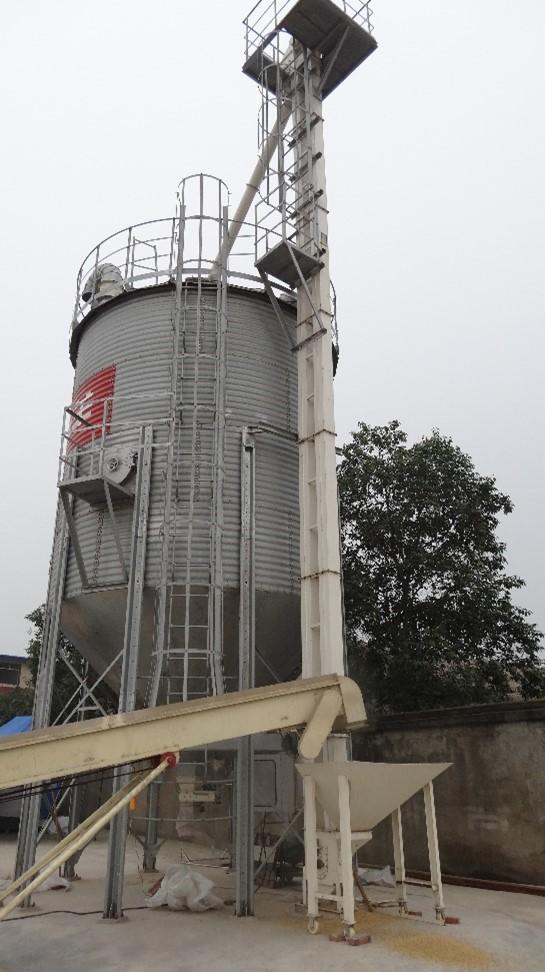
A segmented, steel storage silo that was donated to Huang in 2013. The silo is capable of storing 50 tonnes of grain.
Living in Wumu Community, Lianshan Township, Deyang City, Sichuan Province, 65-year-old resident Huang Mingshui is one of the people who has benefited from the project. Before he began receiving assistance, Huang was producing more than 60 tonnes of grain on 200 mu of leased land per year. Lacking proper storage equipment and facilities, he used to store harvested grain in simple containers, such as woven bags and earthenware jars, and even stacked it directly on the ground, which resulted in damage from culprits such as rodents, mould, and insects and an annual grain wastage rate of around 5% to 6%. Cancer-causing substances like aflatoxin that may be present in mouldy grain as well as rat droppings and other impurities caused by rodent infestation can also have a major impact on stored grain and result in lower prices.
In 2008, more than 10 segmented, coloured steel mini-silos that are each capable of storing around 0.85 tonnes of grain were donated to Huang. A new type of storage container specifically designed for small-scale farmers created by the Sinograin Chengdu Grain Storage Research Institute, the mini-silos can be used to store staple grain with moisture content that has been reduced to safe levels after drying and aid in the prevention of the formation of carcinogenic toxins produced by mould growth, decreasing the average annual loss rate from 8% to less than 2% and establishing the groundwork for food safety right at the source.
A large, segmented, steel silo capable of storing 50 tonnes of grain was donated to Huang in 2013 as he began growing grain on a total of over 1,100 mu of land, which made it possible for him to curtail post-harvest losses. Generally selling a large percentage of his grain right away, he tends to store less than 60 tonnes' worth at a time. Huang also soon built a small rice processing plant, which enabled him to begin providing added value.
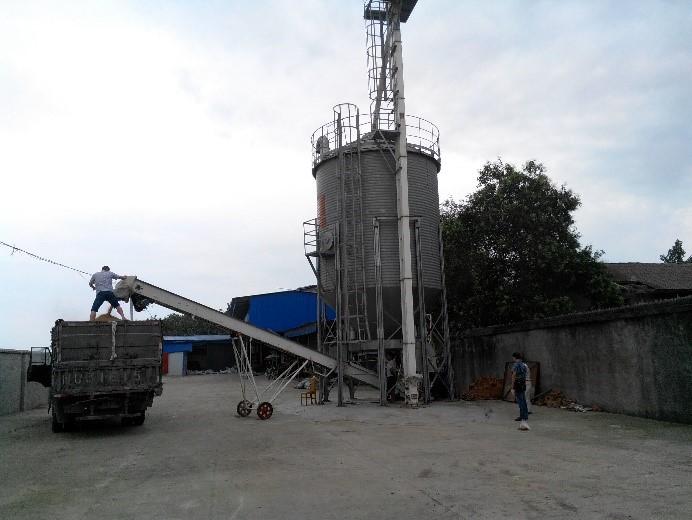
A view of the large, segmented, steel grain storage silo that Huang received in 2013 the following year. It sits on land managed by the Guanghan Jinhua Grain Farmers' Cooperative, which he founded in 2010.
In July 2010, Huang established an organisation known as the Guanghan Jinhua Grain Farmers' Cooperative and began growing grain on more land, purchasing various agricultural machinery in order to boost production capacity, and increasing the amount of automation involved.
The cooperative generates over RMB5.6 million of annual turnover producing more than 2,000 tonnes of grain on 2,000 mu of land as of September 2023. It also plays an important role in stimulating local economic development by providing drying and storage services for farmers who live nearby and in surrounding villages and townships.
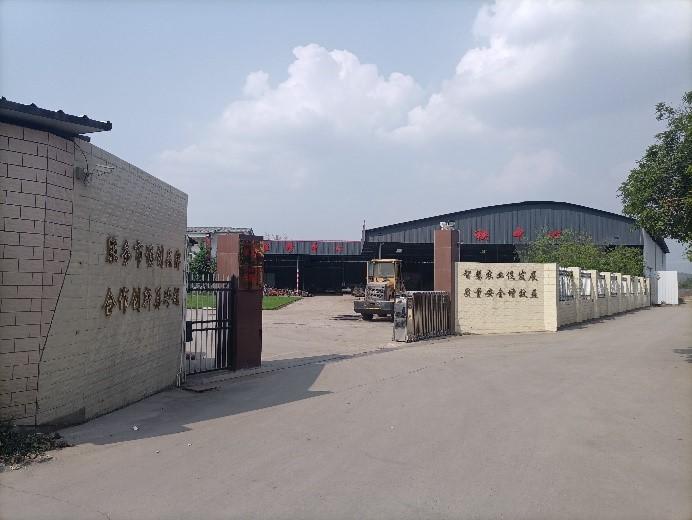
A view of the front entrance of the Guanghan Jinhua Grain Farmers' Cooperative in 2023
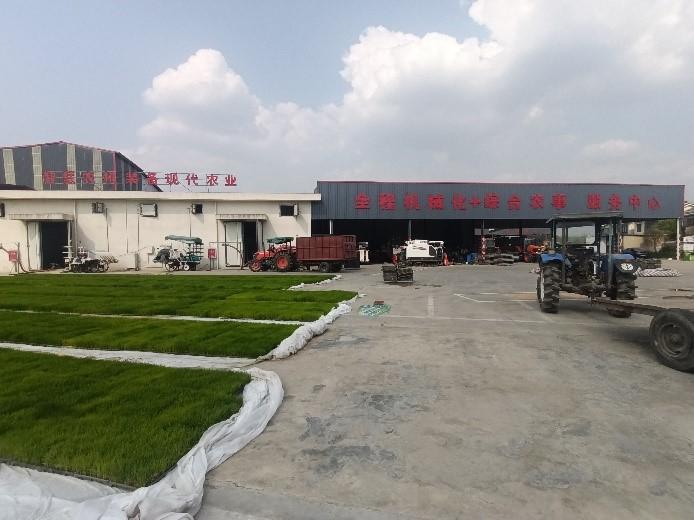
A view of the Guanghan Jinhua Grain Farmers' Cooperative in 2023

A view of the Guanghan Jinhua Grain Farmers' Cooperative's exhibition hall in 2023
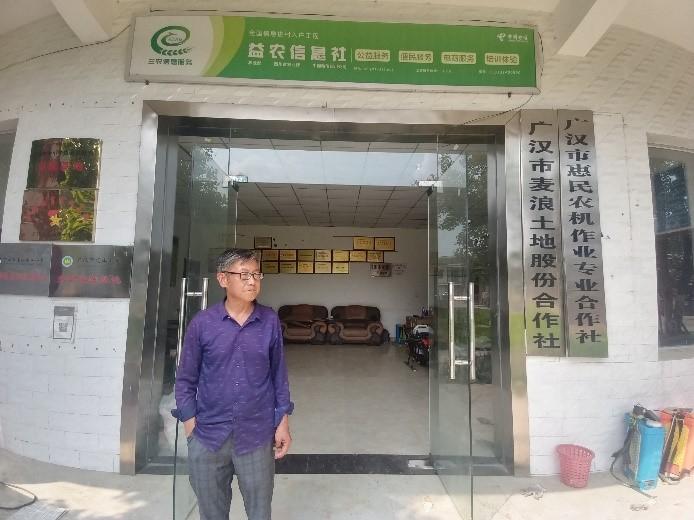
A view of the entrance to one of the Guanghan Jinhua Grain Farmers' Cooperative's office buildings in 2023
Source from:
Sinograin Chengdu Storage Research Institute
Category
Post-Harvest Loss Management and Food Systems
Contributor
Innovative Storage Solutions Enable Sichuan Farmers to Reduce Post-Harvest Losses
Country
Case Study

